Credit cards are an electronic payment system that’s accepted by merchants around the world and online, but they can be confusing to understand at first.
Credit cards offer distinct benefits over cash – you can earn rewards, get personalized discounts, enjoy insurance coverage, and relax with travel benefits. These perks are all on top of the fact that a credit card offers you a useful line of credit you can draw upon in case of emergencies.
This guide explores how credit cards work, types of credit cards, terminology to understand, and so much more.
Key Takeaways
- A credit card is an electronic payment method accepted by merchants around the world.
- Credit cards issued in Canada belong to the Visa, Mastercard, and American Express networks.
- To use a credit card, charge purchases and pay them off to free up more credit.
Never miss an amazing deal again + get our bonus 250+ page eBook for FREE. Join 50,000 other Canadians who receive our weekly newsletter – learn more.
What is a credit card?
A credit card is a payment method, one of the most popular in Canada. Unlike cash, credit cards can be used online, and they are issued to customers with a combination of rewards, benefits, and insurance as incentives.
What makes credit cards different is you’re not paying with money you own – you’re paying with money you borrow from your credit card issuer. Eventually, you have to pay it all back, along with any annual fees, interest, and other fees your issuer charges for the privilege of borrowing money.
How credit cards work (and how they make banks money)
To understand how credit cards work, think of them as personal lines of credit. When you open a credit card, you apply for credit. If approved, the card issuer will determine the maximum amount of money they’re willing to lend you; this is known as your credit limit.
You can make purchases using your credit. Each time you do, the amount of available credit drops until you make payments. If you only make the minimum payment or miss a bill, you’ll be charged interest.
This is primarily how credit card companies make their money. If you read your card’s fine print, you’ll see a percentage of interest that’s charged on your balance, which can be significant. Your card terms also show other fees the company can charge (and profit from), like overdraft fees, cash advance fees, and balance transfer fees.
What’s the difference between Mastercard, Visa, and American Express?
First off, Mastercard, Visa, and American Express are all credit card networks. There are dozens of card issuers, but they issue cards that belong to one of these networks. Each network has different credit card products and rewards programs.
These card issuers act as the middleman between cardholders, banks, and merchants. They facilitate the transactions and make money by charging service and data processing fees to the card issuer.
We should note that Amex is a little different. Unlike Visa and Mastercard, Amex does issue its own credit cards directly. But it also licenses its credit card network and brand to other companies and partners. An example of a Canadian Amex partner is Scotiabank, with the Scotiabank Gold American Express Card.
How to use a credit card
Credit cards are easier to use than ever and there are more ways to pay. When you check out at most big-box stores, such as Sobeys or Superstore, you're prompted to insert your credit card into a card scanner. Next, you enter your PIN and authorize the transaction.
If your credit card has the tap option, you can also tap it on the credit card terminal to automatically charge your balance.
If you want to use your credit card for online purchases, or even purchases over the phone, it’s just a matter of entering your credit card's information, which includes:
- Your credit card number
- The credit card’s expiration date
- Your full name
- Your card’s 3- or 4-digit Card Verification Value (CVV) security code, found on the back of your card
To use credit cards responsibly, make sure that you:
Know your card's terms and conditions: Be aware of your credit card’s interest rates, due dates, annual fees, credit limit, etc. (More on term definitions in a moment).
Make payments on time: Always make your payments on time, even if you only make the minimum payment. Late payments can negatively affect your credit score and could lead to higher fees and interest rates.
Pay more than the minimum: If possible, you should pay your full balance at the end of the month to avoid interest charges. But if you can’t, pay at least more than the minimum. Paying the minimum only covers your interest charges, and none of it goes towards the principal.
Stay well below your credit limit: As much as possible, try to stay below 30% of your maximum credit limit. So, if your card has a $1,000 credit limit, keep your balance under $300.
Report a lost or stolen card immediately: If you lose your credit card, call your bank and report it as soon as possible. That way, they will be able to lock it and prevent purchases made without your permission.
How do banks make money from credit cards, and how can they afford to give away rewards?
Credit card issuers make money from four main sources:
- Interest: This is money charged on balances. Basically, it’s the cost of borrowing money.
- Fees: You might pay an annual fee, a fee for going over your credit limit, a balance transfer fee, a cash advance fee, or a foreign exchange fee. As you might guess, these can quickly add up!
- Processing fees: Each time you use your card, the merchant pays a small fee to the card issuer for processing the transaction. This is why some cards that have higher processing fees, like Amex, aren’t accepted by small retailers.
- Upselling financial services: Companies collect and use your personal information to upsell products and services they think you could use. For instance, they might promote a banking package that costs $10 a month that you end up signing up for.
Thanks to interest charges, annual fees and interchange fees, credit card companies can afford to give you cash back, rewards points, and other perks, and still turn a significant profit.
Different types of credit cards and how they work
Now that we have a better understanding of why credit cards exist, how they work, and how their issuers pay for the perks, let's take a closer look at the different types of credit cards, as well as mention some of the best Canadian credit cards.
The most common categories are:
- Rewards
- Low interest
- Balance transfer
- Business
- Student
- Prepaid
Rewards credit cards (including cash back, travel, and more)
The best rewards credit cards are those that provide you with some form of reward, such as cash back, points, or Air Miles, for every dollar you spend, within a certain limit.

Low interest credit cards
Low interest credit cards are those whose main perk is a comparatively low interest rate.
This makes them an appealing option if you plan to make large purchases and don’t plan on paying them off completely at the end of your billing cycle, or if you simply aren’t interested in travel or cash back rewards.
The best low interest credit cards also typically have lower annual fees (and some of them even have zero annual fees).
Balance transfer credit cards
A balance transfer is a type of transaction in which debt is moved from one account to another. This can be a fantastic way to take control of your finances if you’re paying high interest debt on a credit card, and you need some breathing room.
This process does have some limitations. You’re typically expected to pay a balance transfer fee, and there’s also a limit on how much balance you can transfer.
Because the main purpose of this transaction is to lower your overall debt burden, the best balance transfer credit cards should have low introductory fees, no annual fee, and no balance transfer fees.
Business credit cards
Business credit cards are intended to be used by businesses instead of an individual for personal purposes. Business credit cards serve as an alternative to traditional business loans, offering the added benefits of fewer requirements, faster access to funds, and revolving credit (which can be paid off, used again, and paid off again as needed).
The best business credit cards typically offer perks and rewards beneficial to business owners, such as travel-related perks, cash back on office supplies purchases, and larger sign-up bonuses.
Student credit cards
The best student credit cards are designed to be easy to qualify for, have low annual fees, offer perks appealing to young people looking to build their credit score, and come with valuable sign-up incentives.
The biggest drawbacks for these cards are that they tend to have high interest rates, high cash withdrawal rates, and low credit limits.
Prepaid credit cards
Prepaid credit cards function similarly to gift cards in that you need to preload them with money before you can use them. Once the balance is used up, you need to deposit more funds. Unlike gift cards, prepaid credit cards can be used anywhere credit cards are accepted.
Although they have similar functions to debit cards, they are not tied to a specific bank account.
The biggest benefit of prepaid cards is their flexibility and convenience. They can be used to make online purchases (especially if you’re trying out a new website you don’t completely trust), you can only spend as much as is on the card, and they are safer to carry around than cash.
On the other hand, they tend to have high withdrawal fees, reload fees, foreign transaction fees, and often even balance checking fees.
Important credit card terms
All credit cards are different. And when it comes to understanding the nitty gritty details of cards, it’s essential to be well informed about their unique vocabulary, especially when it comes to fees.
Fees
When comparing credit cards, you will usually see the following terms used:
- Annual fees: These are the "membership" costs of owning a credit card each year. Some cards have no annual fees, and some banks rebate the first year’s annual fees.
- Additional card fees: If you add an authorized user or employee, you’ll be charged a one-time fee to get an additional card.
- Foreign exchange fees: A fee (typically 2.5%) charged to your credit card if you use your card outside of Canada or make a purchase in a currency other than CAD.
- Over limit fees: a fee levied on you if you make a purchase that exceeds your credit limit.
- Non-sufficient funds fees: a fee that is charged if you try to make a pre-authorized purchase, such as a phone bill, but you don’t have enough available credit to cover it.
- Inactive account fees: Some banking institutions may charge you a fee if you have a credit card that you haven’t used for a long time.
You can get more detailed information about these fees from the Government of Canada.
Interest
Interest is the cost of borrowing money. Here are some essential terms you need to know regarding interest:
- Purchase interest: When talking about "credit card interest rates," this is typically the first percentage mentioned. Simply put, this is the interest charged on your unpaid balance at the end of the billing period. For example, if you buy a $500 camera, and you pay $400 at the end of the month, you will pay purchase interest on the remaining $100.
- Cash advance interest: Credit cards can be used to withdraw cash from an ATM. These are called cash advances, and the interest charged on cash advances tends to be higher than purchase interest. It also starts to get charged right away – there's no grace period like purchases.
- Balance transfer interest: The interest rate used to transfer debt from one account to another.
- APR: APR stands for Annual Percentage Rate, and it’s used interchangeably with "credit card interest rate." When a credit card claims to have a 15% interest rate, it actually means a 15% annual rate. However, credit cards charge interest on a monthly basis.
Insurance (including travel insurance, warranties, and more)
Most credit cards offer some form of insurance, usually in the form of purchase protection insurance, which protects your purchases if they are lost or stolen within a certain period of time after making the purchase.
Other forms of credit card insurance include price protection, trip cancellation, trip interruption, purchase protection, etc.
Credit card statements and minimum payments
A credit card statement is a breakdown of how you used your credit card during a certain billing period (typically monthly).
This can be accessed online through your credit card issuer’s website or through the mail.
A credit card statement also includes a minimum payment amount. This is the lowest payment possible that your credit card issuer requires.
Your credit score
Although most of us like to think of ourselves as responsible individuals who are quick to pay their debts, not everyone is.
Banks and financial institutions are well aware of this. But they can’t interview each person to test their trustworthiness.
That’s why they created the credit rating system. This system gives each person a score between 300 and 900. The higher the score, the more trustworthy the person is deemed by banks.
Most consumers' credit scores tend to fall between 600 and 800, with anything above 725 generally considered a good credit score.
A person’s credit rating is affected by a huge number of factors, many of which are known only to banking institutions. Typically, they look at your credit history, applications for new credit, debt-to-income ratio, and credit card mix when determining your score.
For businesses: online credit card processing
There are a number of commerce platforms out there, such as PayPal, Google Pay, and WePay, that make it easy for a merchant to receive credit card payments online.
For a fee, these platforms handle all the credit processing for you, and let you receive payments easily and instantly.
Which to choose: debit or credit?
Debit and credit cards have wide acceptance and can often be used interchangeably when it comes to daily expenses, but they operate in different ways.
Debit cards give you direct access to your own funds. Since you’re using money you’ve put into your account, you’re not charged interest and you can’t overspend (without being charged an overdraft fee). And, you can withdraw your own money for free from any ATM issued by your bank.
Debit cards can often be used to make online purchases, as well as purchases in other currencies. On the other hand, debit cards offer few to no perks and rewards. They also won’t help you build a credit score, which is instrumental in securing large loans such as car loans and mortgages.
Credit cards allow you to purchase goods and services on credit. When you apply for a card, the issuer sets a credit limit that you can borrow against. As you pay off charges, you free up more of your credit limit and build your credit score.
With credit cards, you do have to deal with interest rates, annual fees, and credit scores, but these can be easy to keep under control with proper care. They also offer perks, rewards, and services you can’t get with a debit card.
If you were to ask us whether you should choose a debit or a credit card, we would tell you, "Get both." That’s because both fill different needs and niches.
But, if you need to compare them, here are the main pros and cons of each.
| Debit cards | Credit cards | |
|---|---|---|
| Pros | * Easy to qualify for * Often allows you to shop online * Can’t spend more money than what you have * Safer than cash * Low to no annual fees | * Great for emergencies * Plenty of perks, rewards, and cash back bonuses * Helps build a credit score * Grants access to certain services you can’t get any other way * Widely accepted |
| Cons | * Few to no perks * Can only use your own funds * Won’t allow you to build your credit score * Can’t be used for certain recurring payments | * Interest charges * Annual fees * Easy to overspend * Lots of legalese to consider * Potential for hidden fees |
FAQ
How does a credit card payment work?
When you submit a credit card payment, you authorize the transfer of funds from a bank account to be applied toward your credit card balance. It can take a few days for the payment to post to your account.
Do you pay your credit card in full every month?
Ideally, you should be paying off your credit card in full every month to avoid being charged interest. This also means any rewards you earn go straight into your pocket, so it’s a win-win!
What are the cons of credit cards?
Credit cards are so convenient to use that it’s easy to overspend and rack up a large balance. If you can’t pay off that balance, you’re charged interest, which can cause your debt to spiral out of control.
Can I withdraw money from my credit card?
You can withdraw money from your card’s credit limit by getting a cash advance. Simply insert your credit card into an ATM and select the cash advance option. Be aware that you’ll pay a higher interest rate, though.
Is it bad to never carry a balance on your credit card?
As long as you occasionally use the card (so your issuer doesn’t deactivate it), it’s fine to avoid carrying a balance. In fact, it’s better for your credit score if you pay off your credit card on time and in full.
creditcardGenius is the only tool that compares 126+ features of 231 Canadian credit cards using math-based ratings and rankings that respond to your needs, instantly. Take our quiz and see which of Canada's 231 cards is for you.



 ×8 Award winner
×8 Award winner  $100 GeniusCash + Earn up to 15,000 Welcome Bonus Membership Rewards® Points.*
$100 GeniusCash + Earn up to 15,000 Welcome Bonus Membership Rewards® Points.*

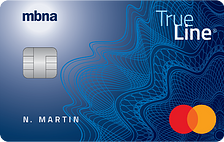
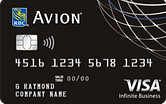


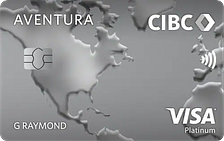
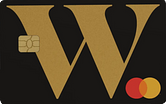

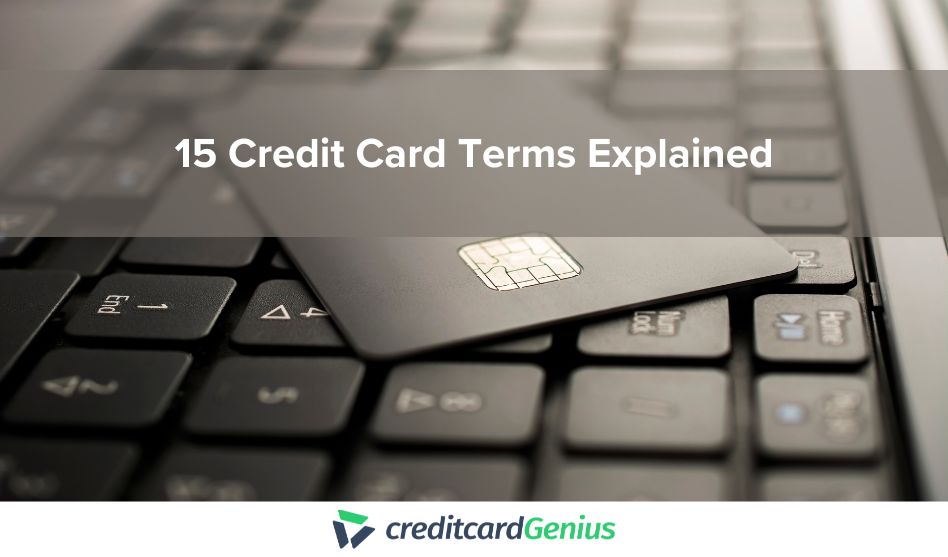





 GC:
GC: 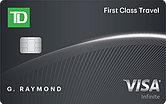


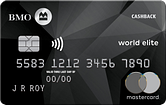
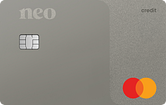
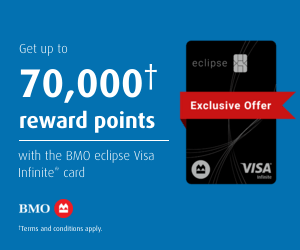
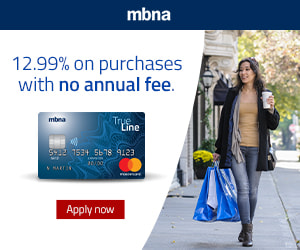
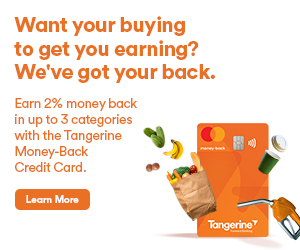





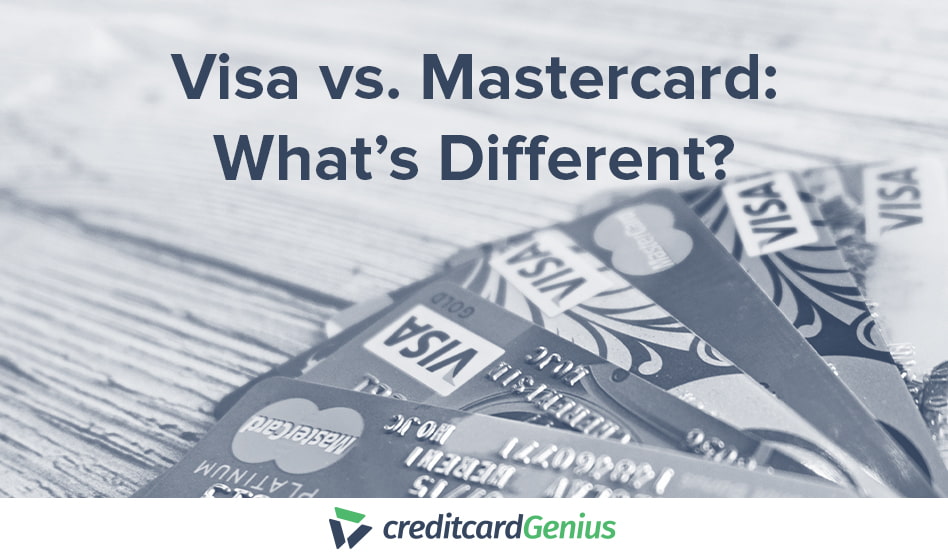
.png)




















Comments
Leave a comment
Required fields are marked with *. Your email address will not be published.